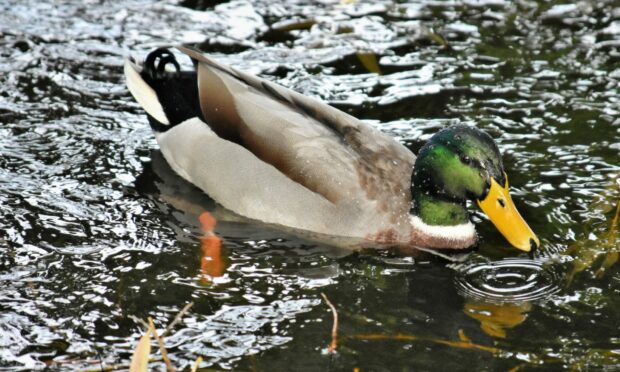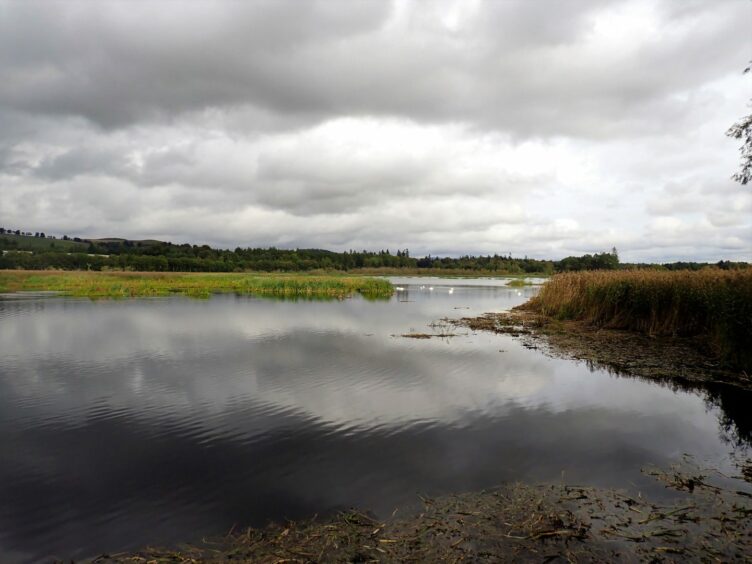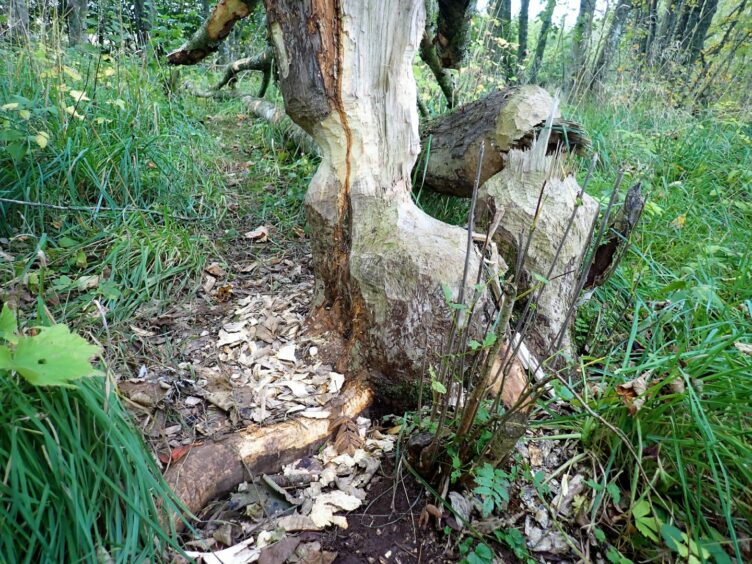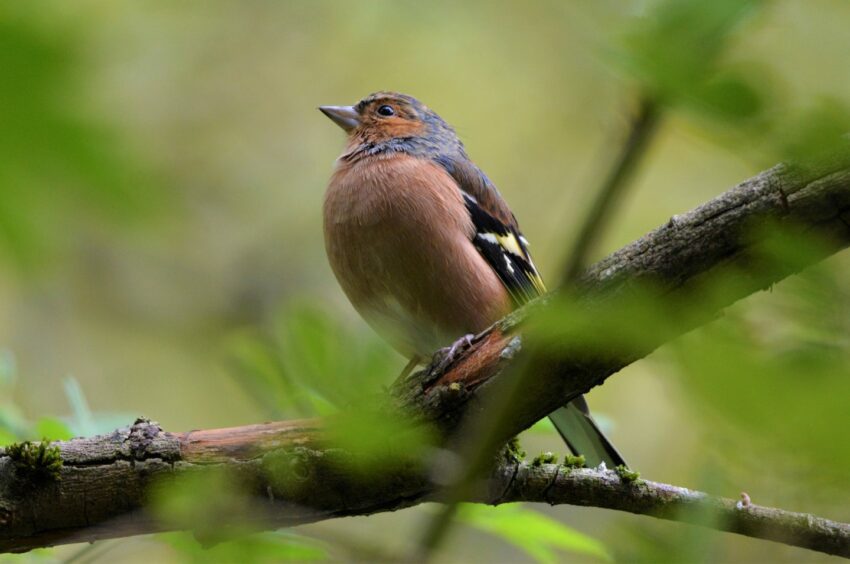My intention was to seek out waterfowl, but instead it was woodland birds that came under the spotlight, which underlined a basic rule of wildlife watching – it is never possible to plan ahead.
I was at Loch of Kinnordy near Kirriemuir and from a vantage point in one of the hides, a careful scan with my binoculars revealed just a handful of mallards and mute swans.
The loch was otherwise quiet, and I exhaled a sigh of disappointment.
The dearth of ducks was most probably due to the fact it was still early in the season and the main influx of winter visitors had yet to arrive.
I quickly reprimanded myself for this momentary feeling of chagrin, for to dismiss the mallards and swans in such cavalier fashion was unforgivable.
Brilliance
To assuage my guilt, I brought a drake mallard into focus and was immediately taken by his brilliant green head and chestnut breast, which glowed under the soft autumnal light.
I watched the mallards for a while longer, before leaving the hide and taking a path through woodland that fringed the loch shore.
Here, a cluster of beaver tumbled trees caught my attention, the gnaw marks clear to the eye and wood chippings scattered on the ground.
Nearby, a channel had been created by these natural engineers through the thick reeds, enabling access to the woodland from the loch.
In a small clearing, tits and finches darted excitedly through the branches, attracted by hanging bird feeders filled with seeds.
The opportunity was too good to miss, so I sat on an adjacent bench to see what birds would materialise.
Tree sparrows
The first arrival was a pair of tree sparrows, which are scarcer than their house sparrow cousins, as well as being smaller and more delicate in build.
They were shy at first, momentarily alighting on the feeder, but taking fright when I inadvertently shuffled in my seat.
A pause, and they returned with a more confiding demeanour, enabling me to appreciate their steaked upperparts, and brown-capped head with distinctive black ear patches.
A robin piped-up – a soft warble that was gentle and benign compared to the vibrant and joyous song of spring.
Robins are one of the few birds that sing all year round, and they do so to protect their winter territories.
My eyes shifted back to one of the feeders where a coal tit was making brief cameo appearances, shuttling backwards and forwards to secrete its bounty in nearby nooks and crannies for later retrieval.
A handsome cock chaffinch landed on a branch above me.
Chaffinches are one of our most beautiful birds but tend to get overlooked because they are so common.
Determined not to treat this chaffinch with the same initial nonchalance as the mallards, I gazed intently upwards to appreciate every nuance and subtle tinge of his plumage.
Whether scarce or abundant, all wildlife dazzles with profound beauty and uniqueness, which is a fundamental of nature that must never be forgotten.





Conversation